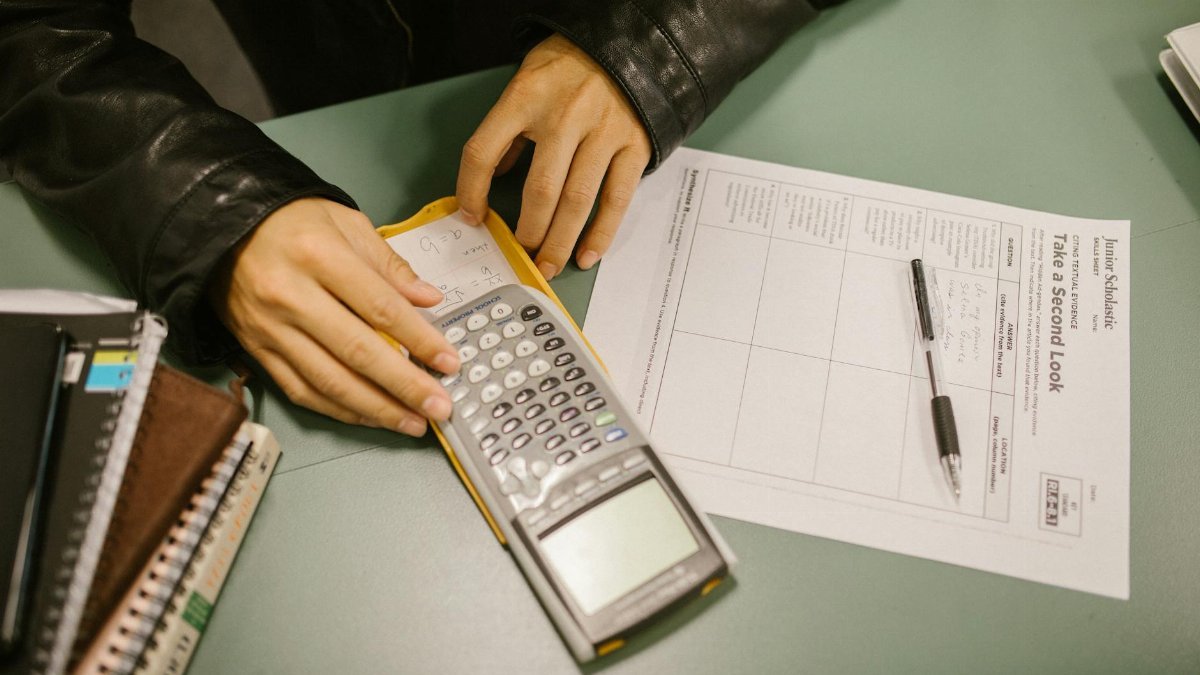Is breath retention mantra the secret to unlocking deeper spiritual states? This powerful practice, combining controlled breathing with mantra japa (repetitive chanting), is gaining traction among U.S. meditators and yogis in 2025. Promising enhanced focus and trance-like calm, it’s rooted in ancient traditions but fits modern wellness trends. Whether you’re a seasoned practitioner or a curious newbie, this blend of breath retention and sacred sound could transform your meditation game. Here’s what you need to know about integrating these techniques for maximum impact.
What Is Breath Retention Mantra?

At its core, breath retention mantra merges two practices: holding the breath (kumbhaka in yoga) and chanting or mentally repeating a mantra. This dual approach aims to quiet the mind and deepen spiritual connection. Breath retention slows the heart rate and shifts focus inward, while mantra japa anchors the mind on a single vibration or meaning. Together, they create a potent tool for meditation, often used in pranayama and tantric traditions to access altered states of consciousness.
Why Combine Breath and Sound?

The synergy of breath retention and mantra japa isn’t just mystical—it’s physiological. Holding your breath increases carbon dioxide levels temporarily, which can induce a calming effect on the nervous system, as noted in studies on pranayama. Meanwhile, repeating a mantra engages the brain’s language centers, reducing mental chatter. This combo can amplify meditative depth, making it easier to slip into a trance-like state. Practitioners report feeling more grounded and spiritually attuned after sessions.
Historical Roots of the Practice

Breath retention mantra isn’t new—it traces back to ancient Indian texts like the Yoga Sutras and Hatha Yoga Pradipika. These scriptures detail kumbhaka as a way to control prana (life energy) and pair it with mantras for spiritual awakening. Historically, yogis used specific chants, like “Om,” to resonate with universal energy during breath holds. Today, this practice is seeing a revival as mindfulness and yoga surge in popularity across the U.S.
How to Start Integrating the Techniques

Begin with safety in mind—breath retention isn’t for everyone, especially if you have respiratory or cardiovascular issues. Start by sitting comfortably in a quiet space. Inhale deeply for a count of four, hold for four, and exhale for six. During the hold, mentally repeat a simple mantra like “Om” or a personal phrase. Keep sessions short, under five minutes, until you’re accustomed to the sensation. Consistency matters more than duration when building this habit.
Benefits Backed by Science

Research supports the perks of breath retention and mantra meditation, even if combined studies are sparse. A 2018 study from the National Institutes of Health found that pranayama techniques, including breath holds, reduce stress by lowering cortisol levels ( NIH Study on Pranayama ). Separately, mantra repetition has been shown to decrease anxiety, per findings from the University of California ( UCSF Research on Meditation ). Together, they’re a one-two punch for mental clarity.
Common Pitfalls to Avoid

Don’t rush into long breath holds—dizziness or hyperventilation can result from overdoing it. Beginners often force the process, ignoring bodily signals. Also, avoid complex mantras at first; they can distract from the breath focus. If you feel strained, stop and breathe normally. Consulting a certified yoga instructor can help tailor the practice to your needs, especially if you’re integrating breath retention mantra into an existing routine.
Who Should Try This Practice?

This technique suits those already familiar with basic meditation or yoga, seeking deeper states of focus. It’s less ideal for beginners or anyone with health conditions like asthma or high blood pressure—check with a doctor first. In 2025, as wellness communities expand online, more guided sessions for breath retention mantra are popping up on platforms like YouTube and meditation apps, making it accessible for curious practitioners with some experience under their belt.
Tips for Sustained Practice

Stick to a schedule—try integrating breath retention mantra into your morning or evening routine for just 5-10 minutes. Use a calming environment to enhance focus; dim lights or soft music can help. Track progress by noting how long you can comfortably hold your breath or how focused you feel during mantra repetition. Over time, this practice can become a cornerstone of your spiritual or stress-relief toolkit, delivering measurable calm.
Disclaimer
The content on this post is for informational purposes only. It is not intended as a substitute for professional health or financial advice. Always seek the guidance of a qualified professional with any questions you may have regarding your health or finances. All information is provided by FulfilledHumans.com (a brand of EgoEase LLC) and is not guaranteed to be complete, accurate, or reliable.
